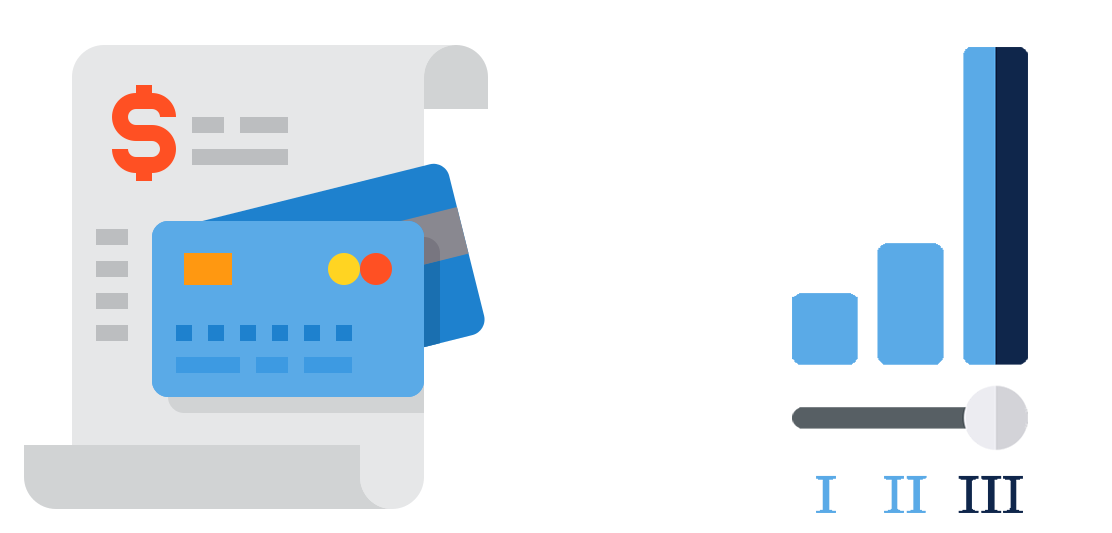Cut your payment processing costs by 34% with "Level 3" data
Merchants who provide "Level 3" data to their credit card processors can save up to 50-100 basis points on credit card interchange fees. That is nearly halving your payment processing costs.
Most merchants are unaware of that this was even possible!
What is Level 3 data?
In addition to provided standard merchant name, purchase amount, date, and billing zip code, the merchant will also share SKUs, unit prices, quantities, shipping fees, and line item totals.
What exactly are the benefits?
The 5 key benefits are:
Lowering your payment processing fees by 50-100 basis points
Faster settlements
Greater sales
Speed up accounting reconciliation with SKU level data
Reduce chargebacks, fraud, and errors
If you have set up for Level 3 data processing, your payment processor will send credit card machine data to the card networks for you, which will reduce the likelihood of chargebacks and increase your ability to dispute fraudulent transactions.
How much do I really save?
Merchants pay 2.9% fees for default Level 1 payment methods.
Upgrade your system to Level 3, and you only pay 1.9%. Save 100 basis points. Cut your costs by 34%.
The 3 Levels of Payments Data Processing
Level 1 Data:
This is the lowest level of data available and is essentially just the card number and a few pieces of information about the transaction. This is what most payment processors charge for and it’s the most basic level of payment processing.
Level 2 Data:
This is the first step up above Level 1 data and includes a little more information about the transaction such as sales tax amount, invoice number, and order number. Level 2 data also provides your payment processor with a lot of information about the products and services you sell which they can use to help with managing fraud.
Level 3 Data:
This is the highest level of data available and this includes a lot more information about your products and services such as item description, product codes, unit price, wholesale price etc… You’ll also find that with Level 3 data, some of the information will be encoded and encrypted so that only your payment processor can decode it. Keep in mind that not all payment processors provide the same level of service when it comes to providing Level 3 data to their merchants. And because Level 3 data is so vital to anyone who accepts credit and debit cards there can be a lot of variation in pricing for merchants in this space.
Who does Level 3 data impact most strongly?
Merchants
Accounts Payable and finance departments and organizations
Bill payments companies
Payments processors
Expense management businesses
But there are still fees with credit cards, why should I accept them?
In a world shaken by COVID, payer adoption of digital, contactless, eCommerce, and other innovative payment methods have accelerated by years. Buyers prefer to pay invoices with credit cards because they get rewards, cash-back, and convenience. Merchants get paid faster when accepting credit cards, instead of waiting weeks for check, ACH, EFT, and wires. Merchants miss out on significant business if they fall behind in payments innovations.
What are the specific data fields?
Level 1 (Standard)
Merchant name
Purchase amount
Billing zip
Level 2
All Level 1 fields, plus:
Sales tax
Customer code
Invoice number
Order number
Tax indicator
Level 3
All Level 1 and Level 2 fields, plus:
Product code
SKU description
Quantity
Shipping amount
Discount
Line item amounts
The higher the data level, the lower your cost.
References:

